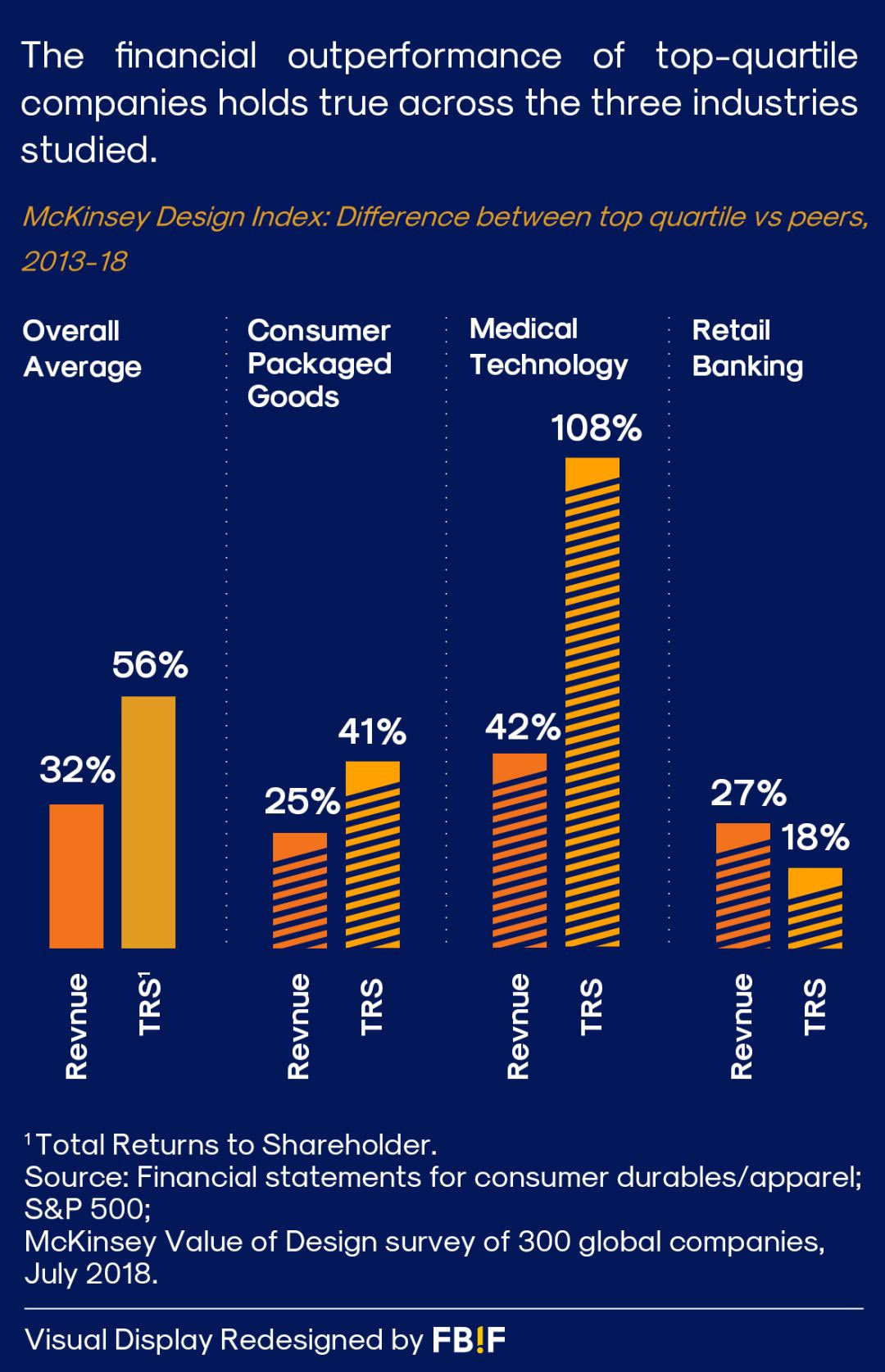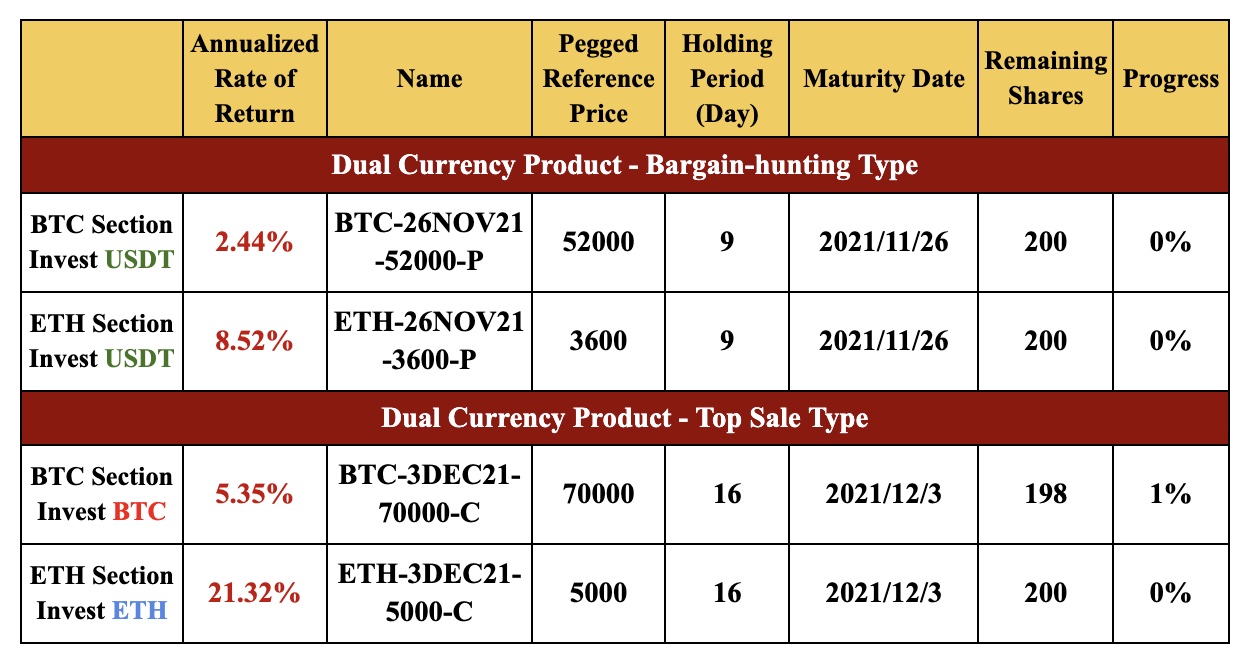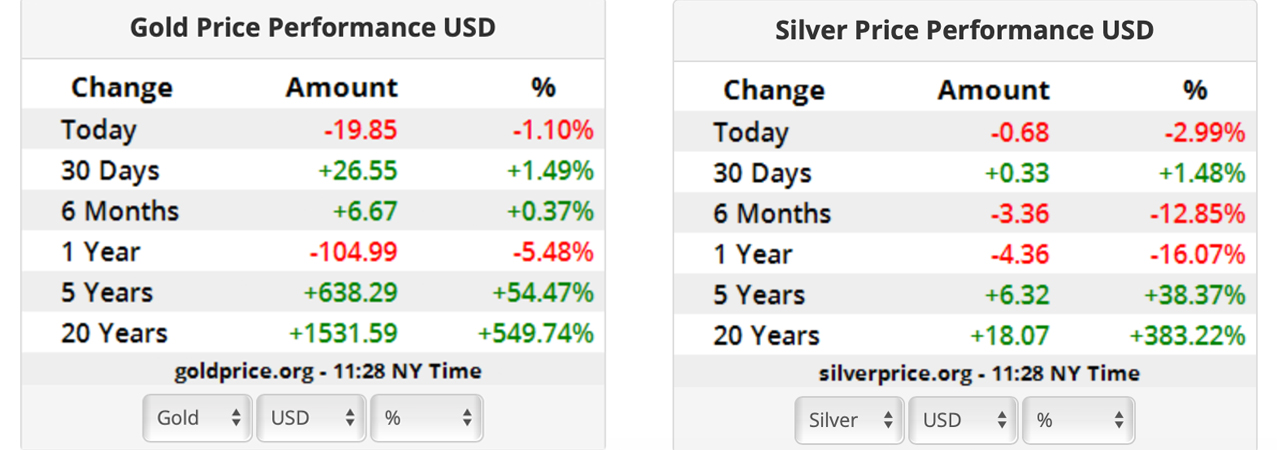Unlocking Financial Opportunities: Understanding the Loan Demand Feature in Today's Market
#### Introduction to Loan Demand FeatureThe **loan demand feature** is a crucial aspect of the financial landscape, particularly in the context of lending a……
#### Introduction to Loan Demand Feature
The **loan demand feature** is a crucial aspect of the financial landscape, particularly in the context of lending and borrowing. Understanding this feature can help both lenders and borrowers navigate the complexities of the financial market. The loan demand feature refers to the various factors that influence the demand for loans, including economic conditions, interest rates, and borrower behavior. As we delve deeper into this topic, we'll explore how this feature impacts the lending industry and what it means for consumers seeking financial assistance.
#### The Importance of Loan Demand Feature
In today's rapidly changing economic environment, the **loan demand feature** plays a pivotal role in shaping lending practices. When the economy is thriving, the demand for loans typically increases as individuals and businesses seek to invest in opportunities for growth. Conversely, during economic downturns, loan demand may decline as consumers become more cautious about taking on debt. Understanding these trends is essential for financial institutions as they adjust their lending strategies to meet the needs of the market.

#### Factors Influencing Loan Demand Feature
Several factors contribute to the dynamics of the **loan demand feature**. One of the primary influences is the prevailing interest rates. When interest rates are low, borrowing becomes more attractive, leading to an uptick in loan applications. On the other hand, higher interest rates can deter potential borrowers, resulting in decreased loan demand. Additionally, economic indicators such as employment rates, inflation, and consumer confidence significantly impact loan demand. A robust job market can lead to increased borrowing, while uncertainty in the economy can have the opposite effect.
#### Loan Demand Feature and Consumer Behavior

Consumer behavior is another critical component of the **loan demand feature**. Borrowers' perceptions of their financial situations and future prospects can greatly influence their willingness to take on debt. For instance, during times of economic stability, consumers may feel more confident in their ability to repay loans, leading to higher demand. Conversely, during periods of uncertainty, individuals may prioritize saving over borrowing, resulting in a decline in loan applications. Financial education also plays a role, as informed consumers are more likely to understand their options and make sound borrowing decisions.
#### Impact of Technology on Loan Demand Feature
The advent of technology has also transformed the **loan demand feature** in significant ways. Online lending platforms and financial technology (fintech) companies have made it easier for consumers to access loans, increasing competition in the market. This accessibility has led to a rise in loan demand, particularly among younger consumers who are more comfortable with digital transactions. Moreover, technology enables lenders to assess creditworthiness more efficiently, allowing for quicker loan approvals and a more streamlined borrowing process.

#### Conclusion: Navigating the Loan Demand Feature
In conclusion, the **loan demand feature** is a multifaceted aspect of the lending landscape that is influenced by various economic, behavioral, and technological factors. For lenders, understanding these dynamics is essential for developing effective strategies to meet the needs of borrowers. For consumers, being aware of the loan demand feature can empower them to make informed decisions about borrowing. As the financial market continues to evolve, staying attuned to the factors that influence loan demand will be crucial for both lenders and borrowers alike. By recognizing the interplay between economic conditions, consumer behavior, and technological advancements, stakeholders can navigate the complexities of the lending landscape more effectively.